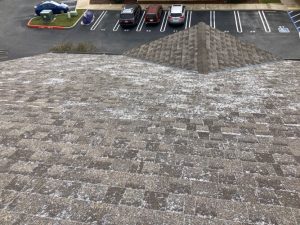As a homeowner, it’s crucial to keep a close eye on the condition of your roof. Over time, wear and tear can take a toll on this essential part of your house, compromising its function and potentially causing significant damage. In this blog post, we will discuss the top signs that indicate it’s time to replace your roof. By understanding these warning signals, you can take timely action to ensure the safety and longevity of your home.

In addition to the specific signs mentioned above, it’s essential to consider the age of your roof. Most residential roofs have a lifespan of 20-25 years, depending on the materials used and the climate conditions they are exposed to. If your roof is approaching or has exceeded its expected lifespan, it’s wise to start planning for a replacement. Even if your roof appears to be in good condition, it’s better to be proactive and replace it before any significant issues arise.
Another factor to consider when deciding whether to replace your roof is its energy efficiency. An outdated or poorly insulated roof can lead to energy loss, causing your heating and cooling bills to skyrocket. By investing in a new roof with improved insulation and energy-saving features, you can significantly reduce your energy consumption and enjoy long-term cost savings.
An outdated or poorly insulated roof can lead to energy loss, causing your heating and cooling bills to skyrocket.
If your roof is still under warranty, it’s crucial to review the terms and conditions. Some warranties may cover the cost of a roof replacement if certain criteria are met. By taking advantage of a warranty, you can minimize the financial burden of a new roof and ensure that the installation is carried out by professionals.

Identifying the signs that indicate your roof needs replacement is crucial for the safety and longevity of your home. From missing or damaged shingles to leaks, sagging areas, and mold growth, these warning signals should not be ignored. Additionally, considering the age of your roof, its energy efficiency, and any available warranties can help you make an informed decision. Remember, when it comes to roof replacement, it’s always best to consult with a professional to ensure a successful and long-lasting result.